
Posted By: Medsole RCM
Posted Date: Oct 16, 2025
Accurate coding is a major factor in healthcare reimbursement, and CPT Code 99214 is one of the most regularly used evaluation and management (E/M) codes. Procedure 99214 is for a moderate level of care office or outpatient visit for an established patient, which usually takes 30-39 minutes with the doctor. This work addresses the imbalance between low and high complexity visits, ensuring that healthcare providers are fairly compensated for both the time and thinking put into patient care.
When the record clearly demonstrates medical necessity, a CPT 99214 accurately portrays a physician's lengthy evaluation, patient history, and MDM. Correct knowledge and application of this code reduces claim denials, improves payment accuracy, and contributes to financial health throughout the healthcare revenue cycle.
CPT 99214 - E/M Code Description: Office or other outpatient visit for the evaluation and management of an established patient. It is of moderate complexity, with 30-39 minutes spent on the date of service.
This series of consultations usually includes a very thorough examination, a comprehensive patient history, and an individual treatment program. It’s often used when treating chronic or multiple moderate-risk conditions for which complex tasks of patient management are needed—requiring professional judgment and clinical coordination.
|
Feature |
Description |
|---|---|
|
Patient Type |
Established |
|
Complexity |
Moderate decision-making |
|
Typical Time |
30–39 minutes |
|
Risk Level |
Moderate |
|
Visit Type Code |
Office or other outpatient visit |
An accurate interpretation of this CPT assists healthcare providers such as physicians in properly identifying patient visits for proper insurance payment from Medicare and commercial payers.
The focus of the 2025 E/M changes is on time-based coding and medical decision-making as the primary influences behind picking an appropriate CPT code. For many doctors and billing personnel, this code serves as the “middle ground”—more complicated than 99213 but not requiring so many resources as 99215.
Getting it right provides you with fair reimbursement and payer compliance—all without incurring audit risk. When used appropriately, it enables clinical and financial viability over the life of a practice.
CMS Code 99214 reimburses the physician who spends this longer time with patients in compliance with Medicare and payer guidelines. It results in both lost revenue (undercoding) and audit risk (overcoding), and it encourages good documentation practices.
To Understand and Master This Code, Clinics Should Concentrate On:
This CPT becomes the key to both clinical precision and financial stability when it is set up appropriately.
When dealing with a previously diagnosed patient, a common concern is whether to utilize CPT 99214 or CPT 99213.
|
Feature |
CPT 99213 |
CPT 99214 |
|---|---|---|
|
Medical Decision-Making |
Low complexity |
Moderate complexity |
|
Typical Time |
20–29 minutes |
30–39 minutes |
|
Risk Level |
Low–Moderate |
Moderate |
|
Documentation |
Expanded, problem-focused |
Detailed history & examination |
|
Reimbursement |
Lower |
Higher |
Example:
If a patient is in the office for a routine checkup with no medication changes, CPT code 99213 is correct. However, if the same patient returns with new symptoms, lab results, and prescription modifications,CPT code 99214 will function. Understanding this difference is critical for avoiding claim denials and receiving payment in full.
Both are for complex visits, but the difference is in time and complexity.
|
Feature |
CPT 99214 |
CPT 99215 |
|---|---|---|
|
Complexity |
Moderate |
High |
|
Time Range |
30–39 minutes |
40–54 minutes |
|
Nature of Problems |
Multiple chronic/moderate conditions |
Life-threatening or high-risk conditions |
Code 99215 for visits with high-level management risk or multiple medication changes. For cases that are complicated but not really all that involved, this code is the better choice.
Decisions in Medicine: Clinical Applications of Evidence-Based Practice
This CPT continues to be one of the most reported codes in healthcare, representing close to a third of all E/M visits. It includes low-level complexity of medical decision-making (e.g., two or more problems, risk factors or treatment options with moderate severity).
Time-Code: The “30–39 Minute Rule”
With the 2025 E/M guidelines, you may select the CPT code using only total time. It is also worth noting that time refers to both NP- and non-NP-related work done on the same day.
If total time is 30–39 minutes, this code is the correct one—even if your medical complexity appears to be moderate.
Good record keeping is the key to compliant billing. Without that, you are opening yourself up to downcoding, audits or worse, claim rejections.
It is important to remember that if it is not documented, it didn’t happen.
This code is a level three code that has higher reimbursement compared to 99213 and involves moderate complexity in the E/M visit type.
Accurate documentation leads to better reimbursement and fewer claim refilings. Practices working alongside professional billing companies like MedSole RCM continue to have greater approval rates of claims and faster payments.
Even the most experienced billers make mistakes that cause claim denials and lost revenue.
To avoid errors, invest in staff training, conduct regular monitoring and use E/M templates for moderate MDM.
Effective use of this CPT realizes both financial success and clinical validity. It promotes patient record completeness, enhances inter-provider communication and increases payer confidence.
The right complexity-based coding minimizes revenue erosion and ensures stable claims acceptance patterns through the healthcare revenue cycle.
Telehealth, the use of telecommunication systems to diagnose and treat patients, is changing how modern outpatient practice is conducted. CPT 99214-95 can be billed when delivering audio and video virtual visits as telehealth.
Following these steps will help you stay in accordance with Medicare Telehealth rules and get the best payment.
The wave of documentation modifications is moving toward AI-enabled, time-based, and risk-based models. Most electronic health records (EHRs) use automation to suggest codes, but some human checking is needed to make sure they are correct and follow the rules.
Early adopters of such technologies supported by RCM experts, such as MedSole RCM, enjoy enhanced audit resilience, operational efficiency and reimbursement consistency.
This code is for an established patient being seen that requires a moderate level of complexity or 30–39 minutes of provider time.
It fills the space between straightforward follow-ups (99213) and high-complexity care (99215).
Good documentation is the key, and time tracking and compliance too—they are another bridge to paying providers accurately and denying correctly.
By working with experts like MedSole RCM, practices can submit error-free claims, stay in compliance, and streamline the revenue cycle for continued financial health.
Q1. What is the difference between CPT Code 99213 and 99214?
CPT 99213 is the low-complexity visit, which takes 20 to 29 minutes and CPT 99214 is the moderate-complexity visit that takes an hour and has more complex decision making involved.
Q2. Can CPT 99496 and 99214 be billed together?
When can I code CPT 99214 and 99496 to same patient on the same day? These are not, these're E/M services related/overlap.
Q3. Does 99214 need a modifier?
Modifier 25 isn’t something you put on every claim, but if you do want to bill both 99214 and a procedure on the same date, make sure to affix modifier 25 to indicate that this separately reported E/M is also a standalone significant service
Q4. How many RVUs for 99214?
Our CPT 99214 in five years, let's call it 2025, and still after payer and locality adjustments for the new office visit guideline changes has an average total RVU of approximately 2.60.
Recent Blogs
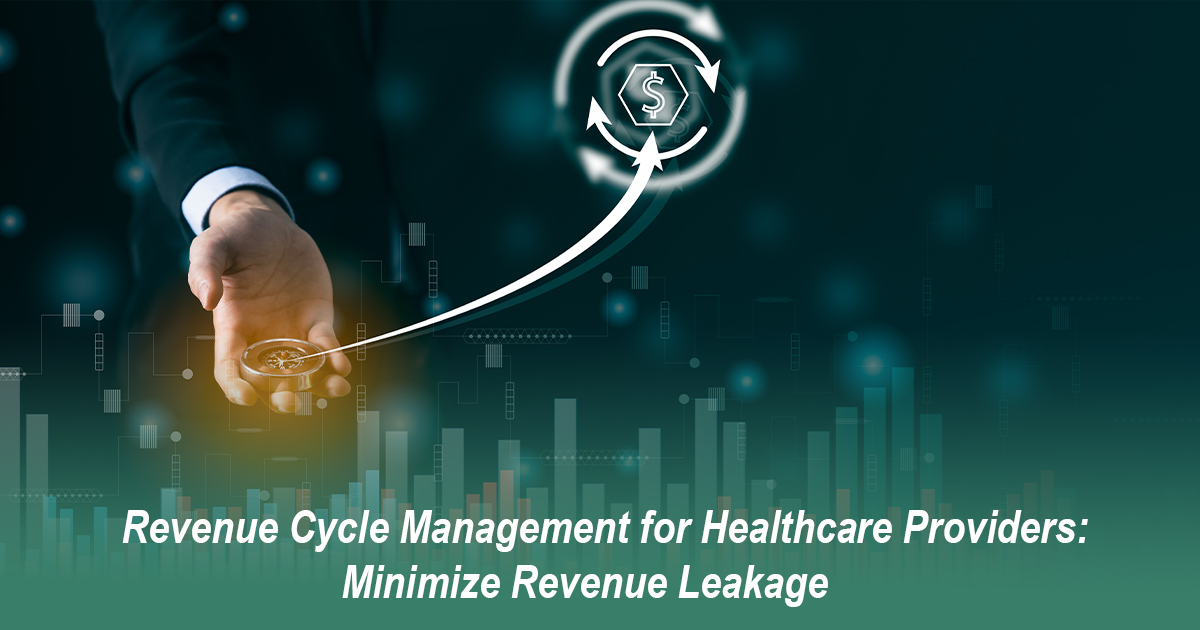
Posted Date: Jun 24, 2025
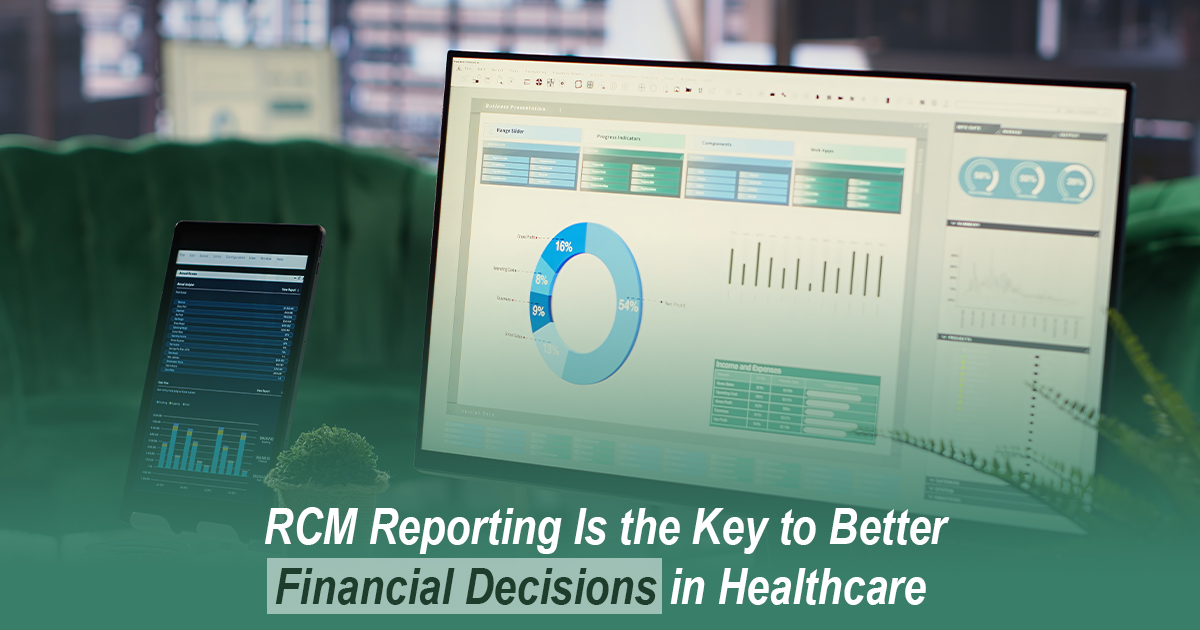
Posted Date: Jun 26, 2025

Posted Date: Jun 28, 2025
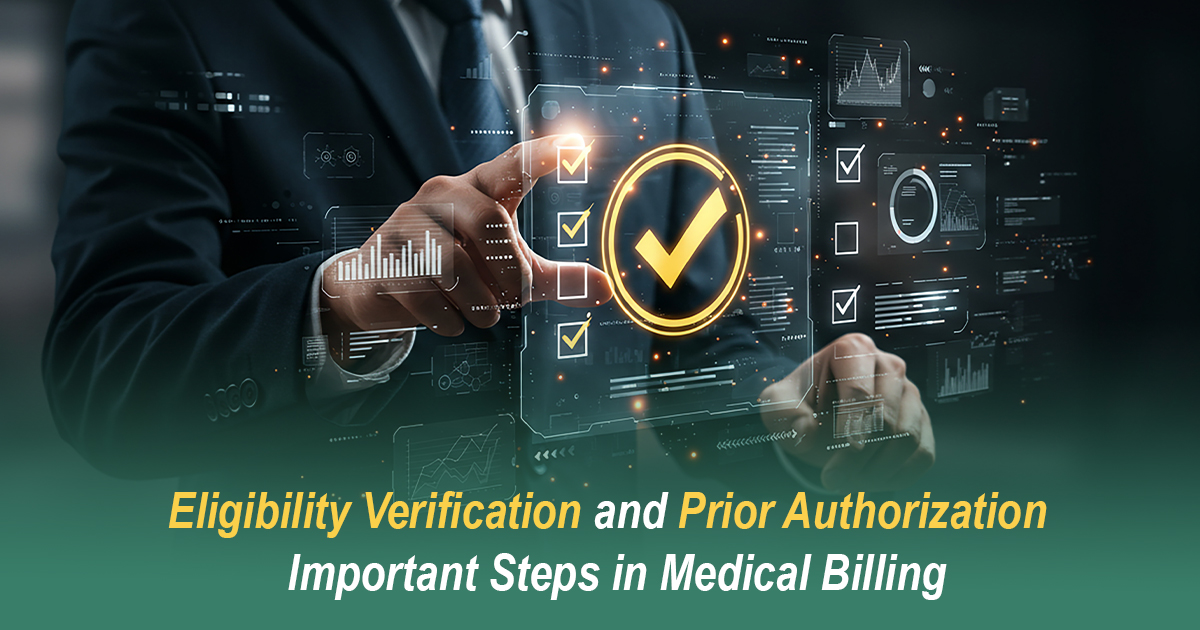
Posted Date: Jun 30, 2025

Posted Date: Jul 02, 2025

Posted Date: Jul 04, 2025
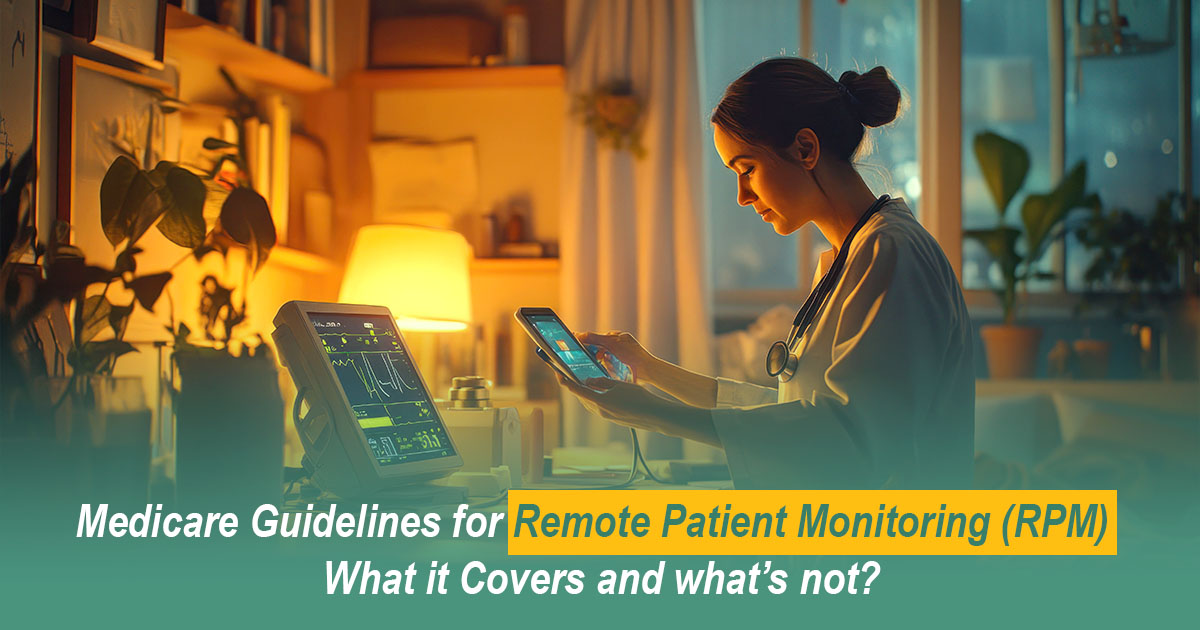
Posted Date: Jul 07, 2025
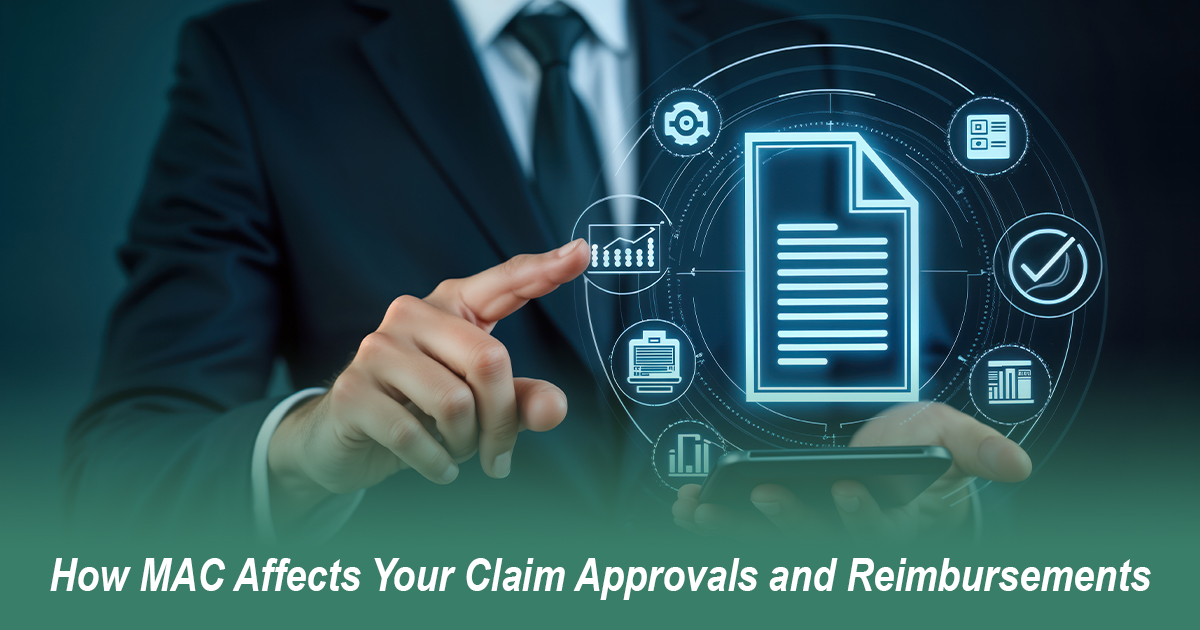
Posted Date: Jul 09, 2025

Posted Date: Jul 11, 2025

Posted Date: Jul 14, 2025

Posted Date: Jul 16, 2025

Posted Date: Jul 18, 2025

Posted Date: Jul 22, 2025

Posted Date: Jul 23, 2025
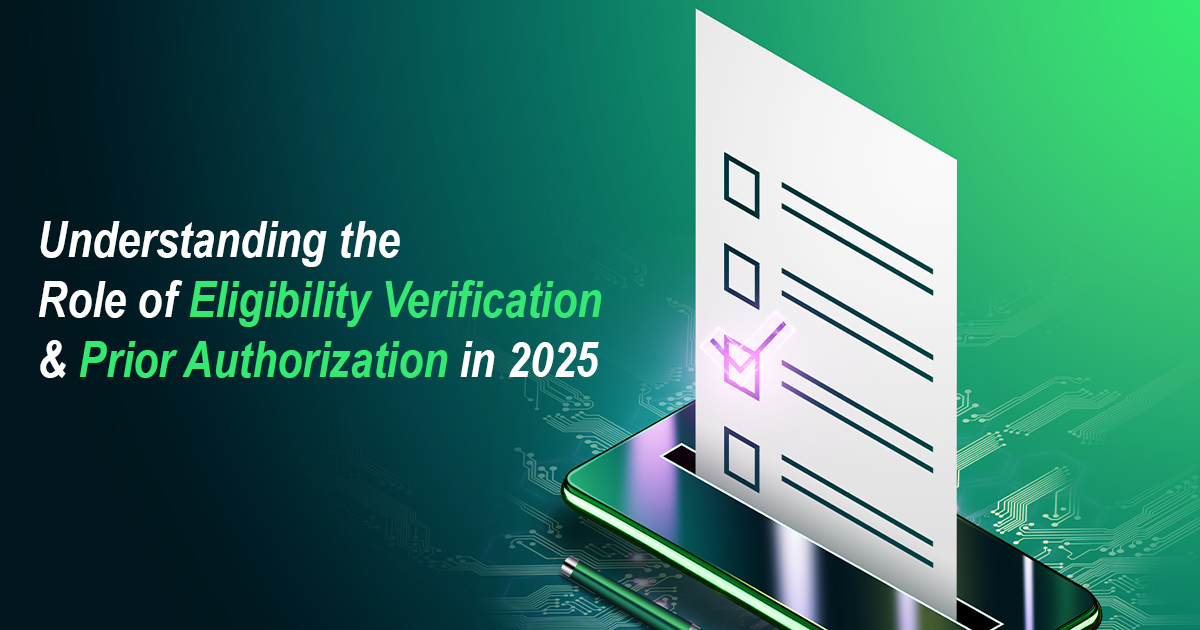
Posted Date: Jul 25, 2025

Posted Date: Jul 28, 2025

Posted Date: Aug 01, 2025

Posted Date: Aug 04, 2025

Posted Date: Aug 06, 2025
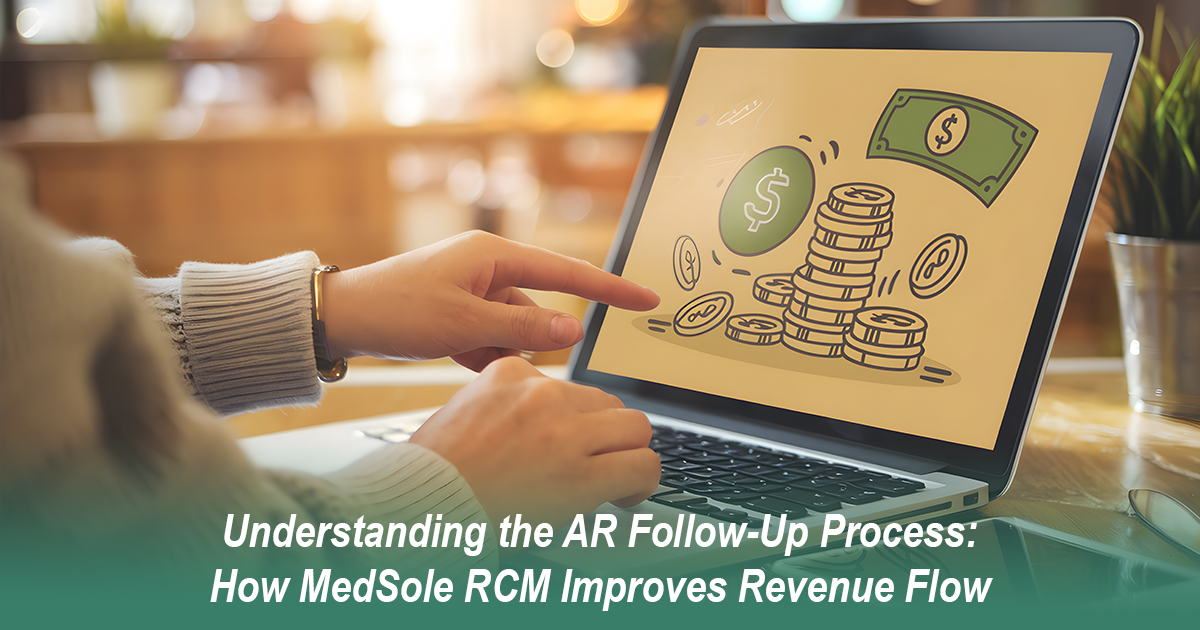
Posted Date: Aug 08, 2025
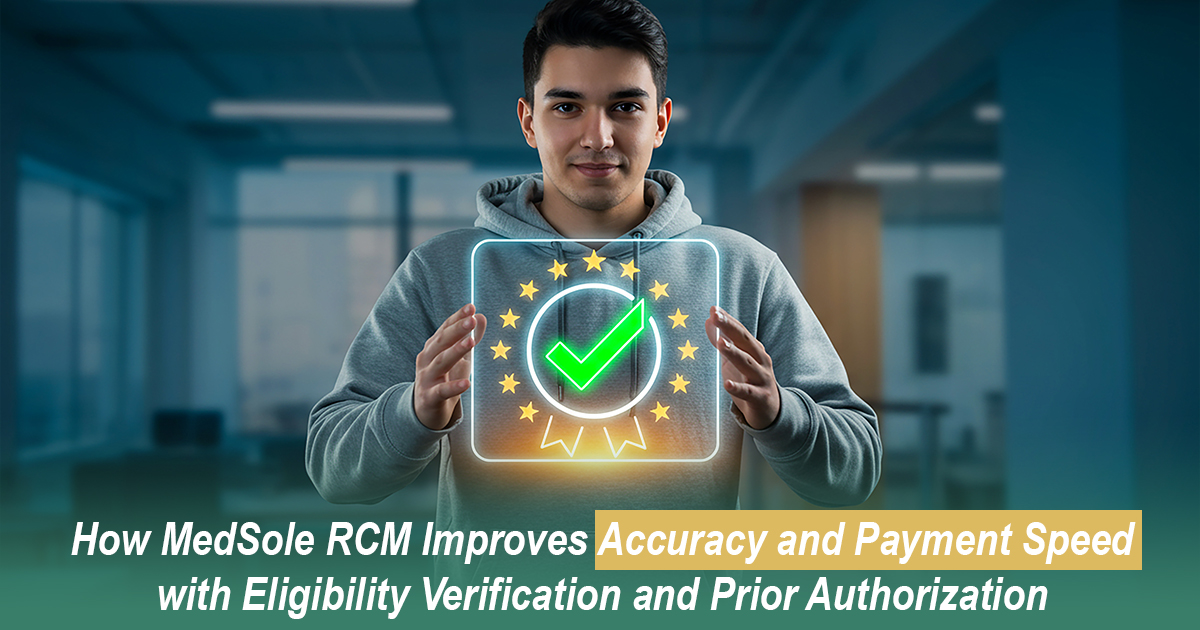
Posted Date: Aug 11, 2025
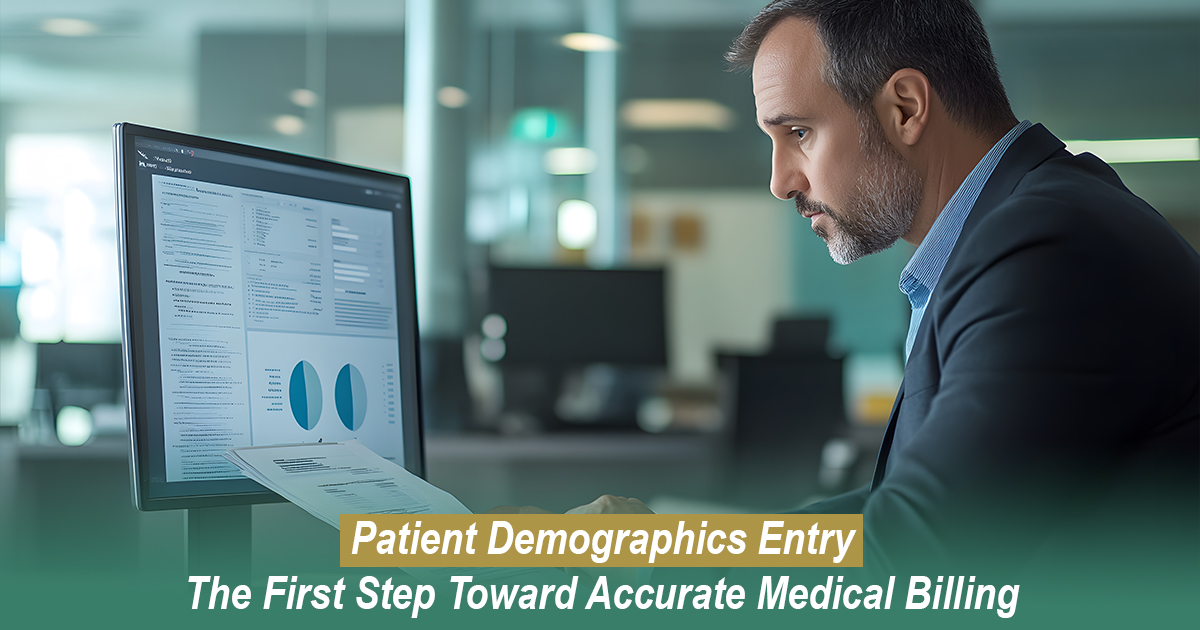
Posted Date: Aug 14, 2025

Posted Date: Aug 18, 2025
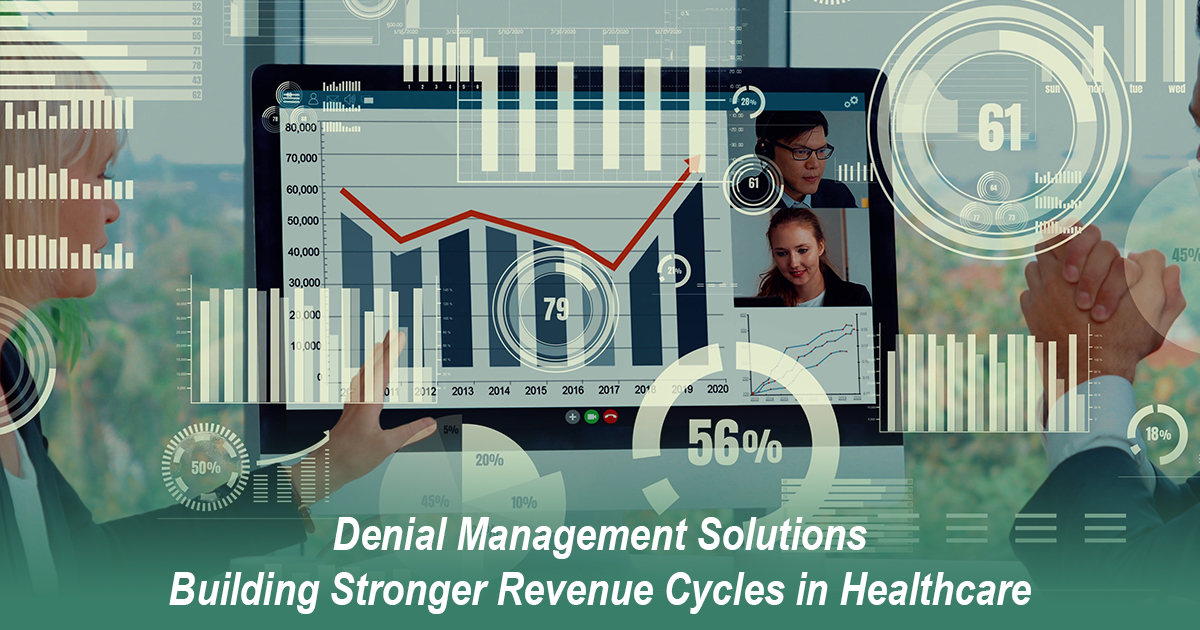
Posted Date: Aug 20, 2025
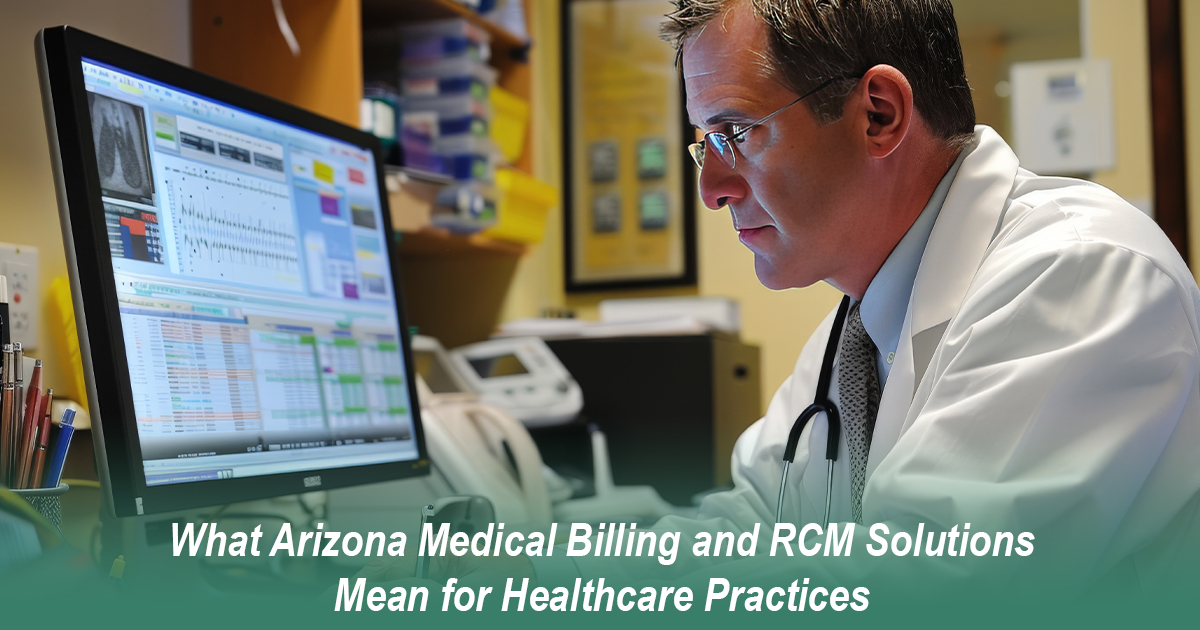
Posted Date: Aug 25, 2025

Posted Date: Aug 27, 2025
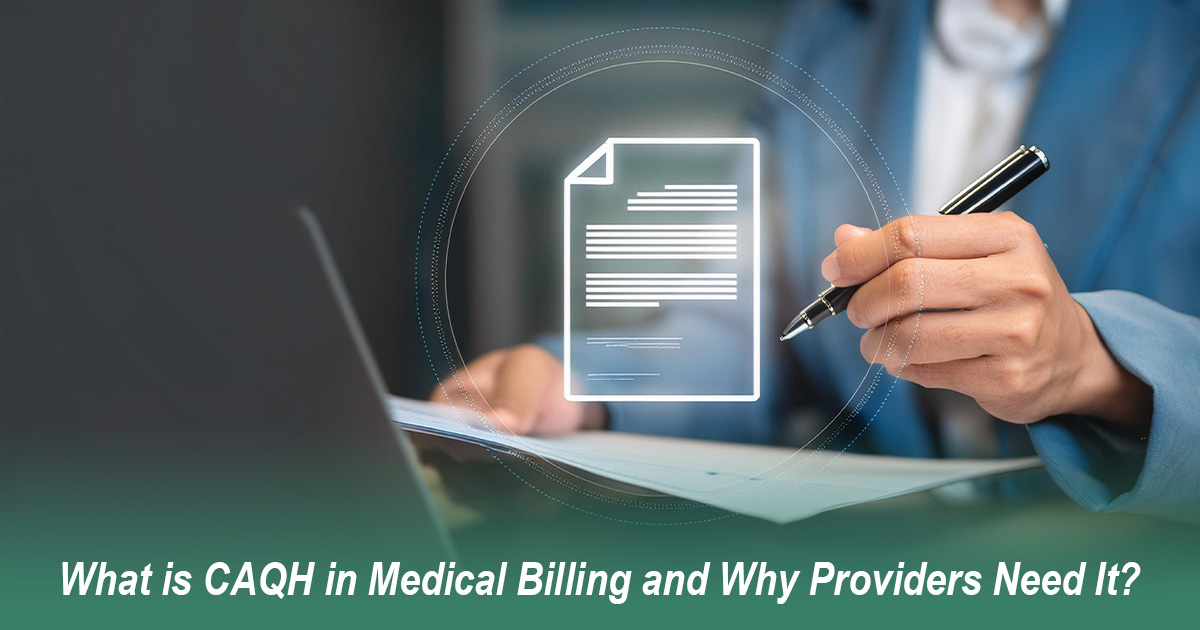
Posted Date: Aug 29, 2025

Posted Date: Sep 03, 2025

Posted Date: Sep 05, 2025

Posted Date: Sep 08, 2025

Posted Date: Sep 15, 2025
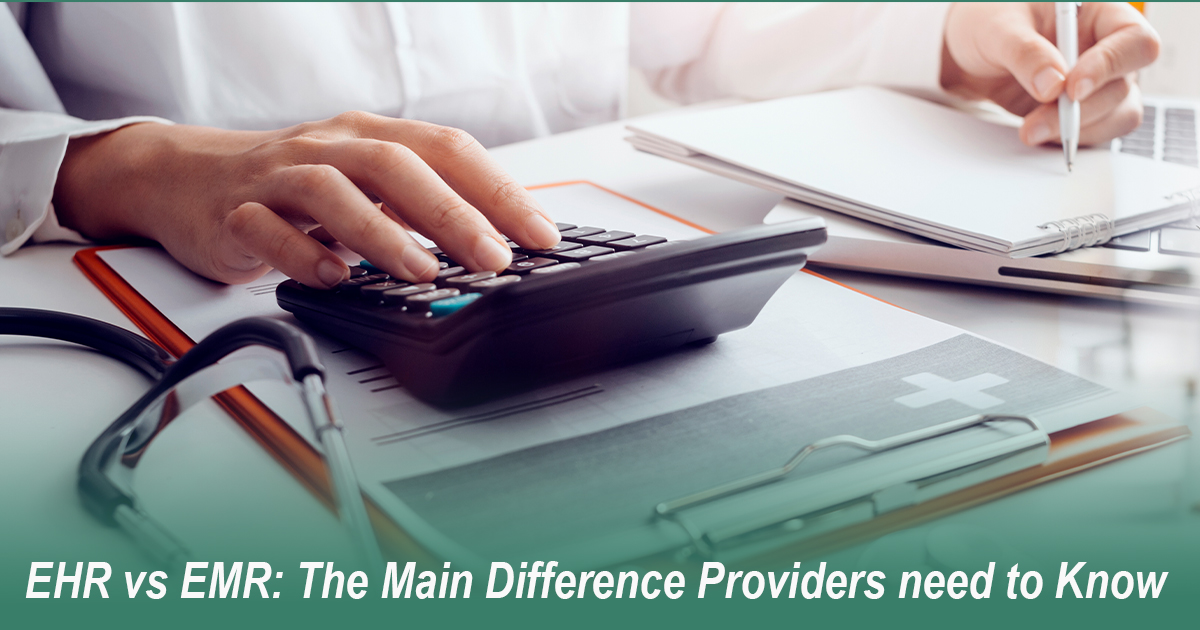
Posted Date: Sep 18, 2025

Posted Date: Sep 22, 2025

Posted Date: Sep 24, 2025

Posted Date: Sep 26, 2025
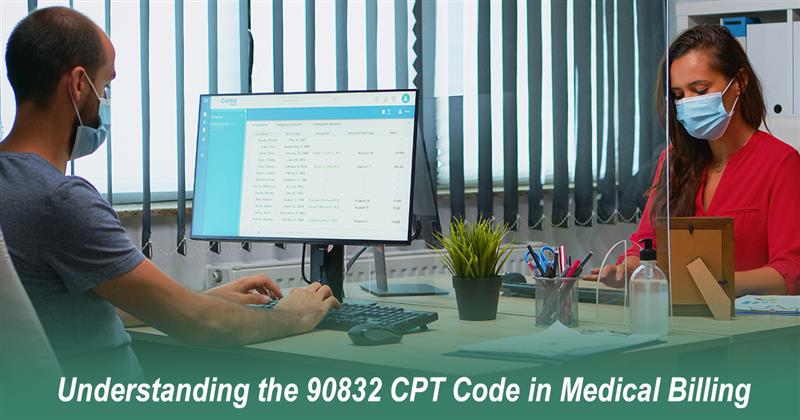
Posted Date: Sep 29, 2025

Posted Date: Oct 02, 2025
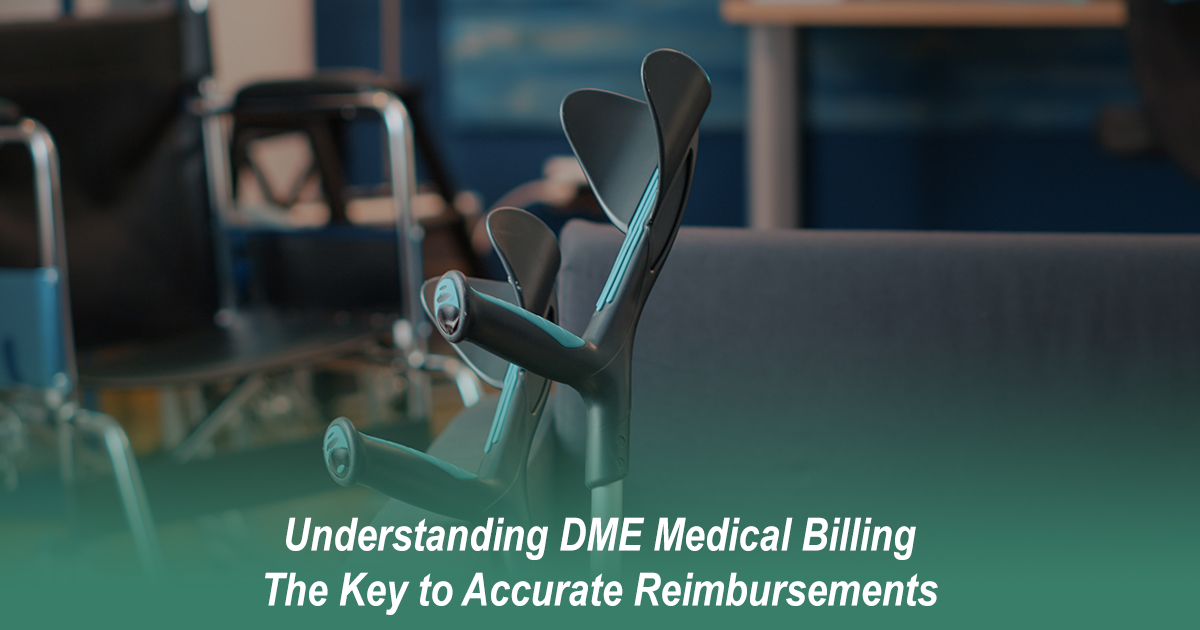
Posted Date: Oct 13, 2025

Posted Date: Oct 16, 2025

Posted Date: Oct 23, 2025
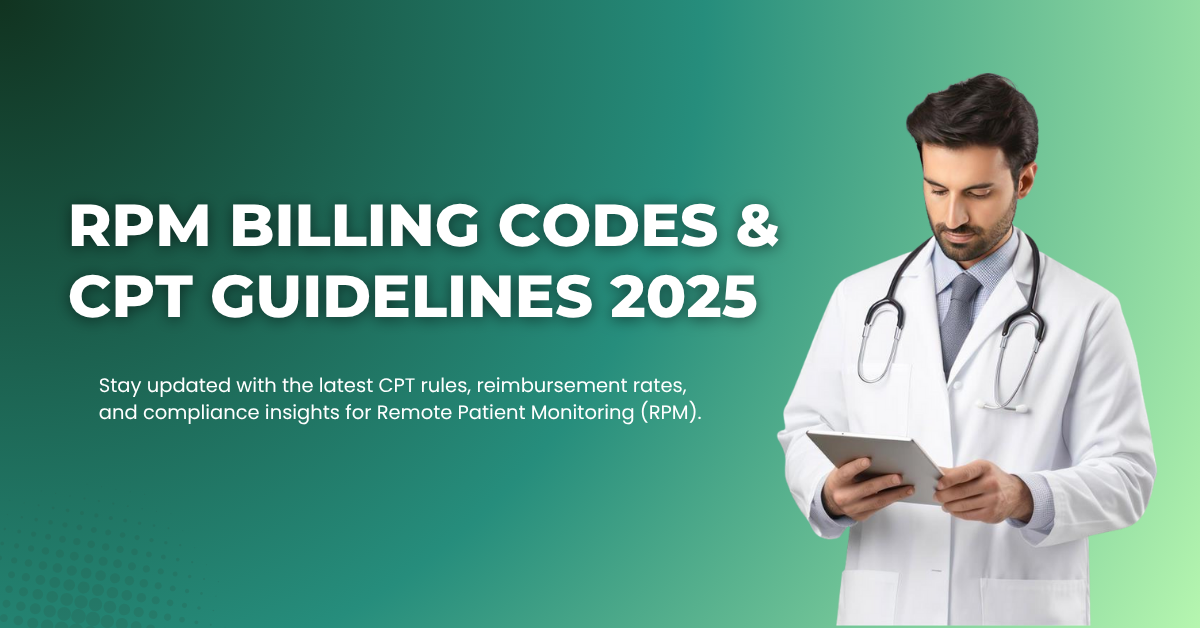
Posted Date: Oct 27, 2025
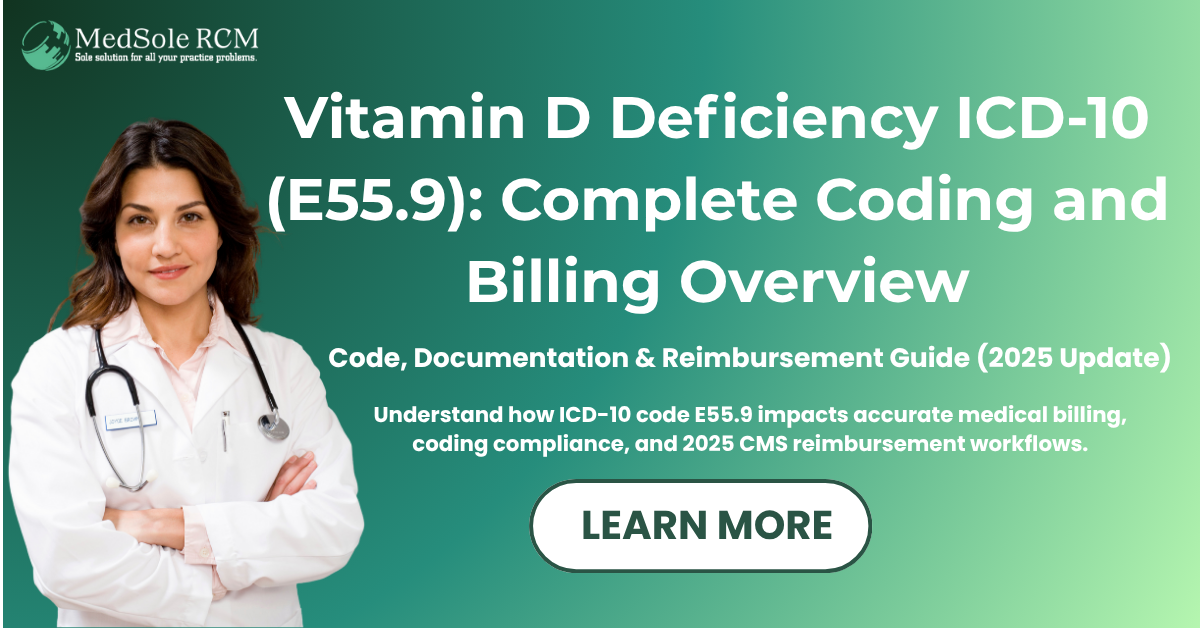
Posted Date: Oct 28, 2025
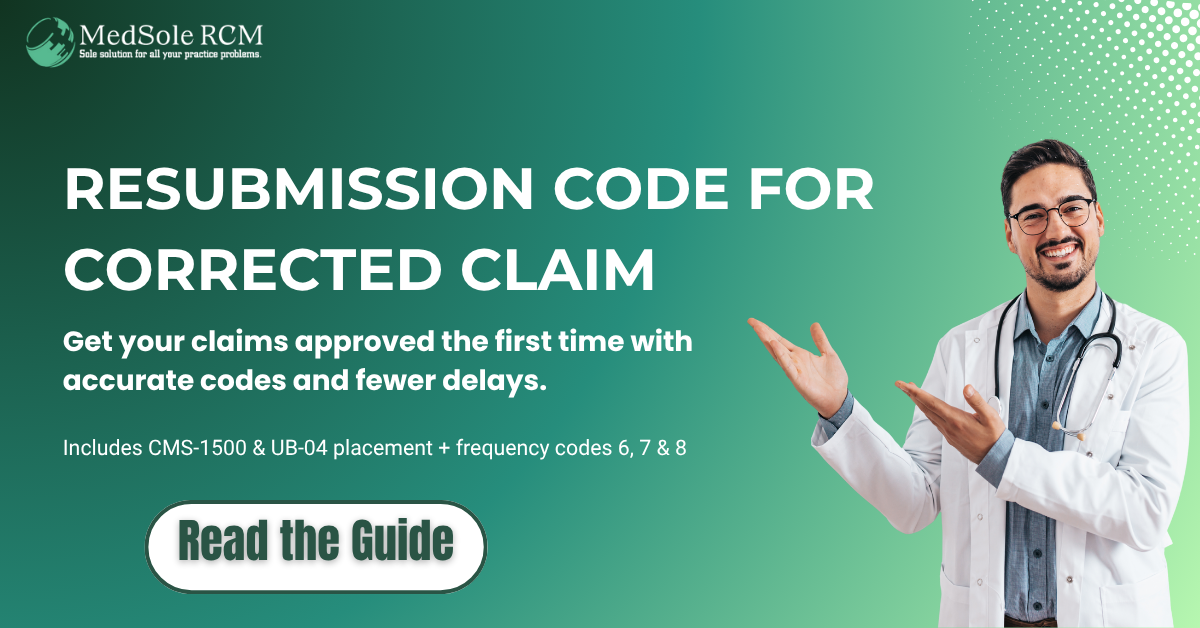
Posted Date: Oct 30, 2025
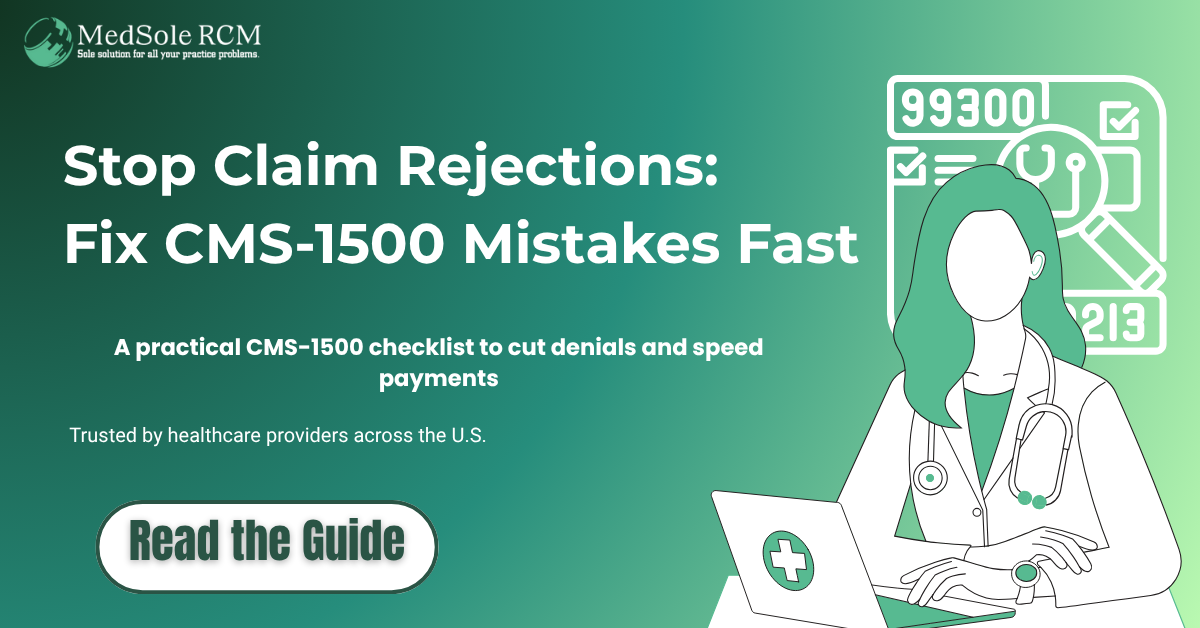
Posted Date: Oct 31, 2025
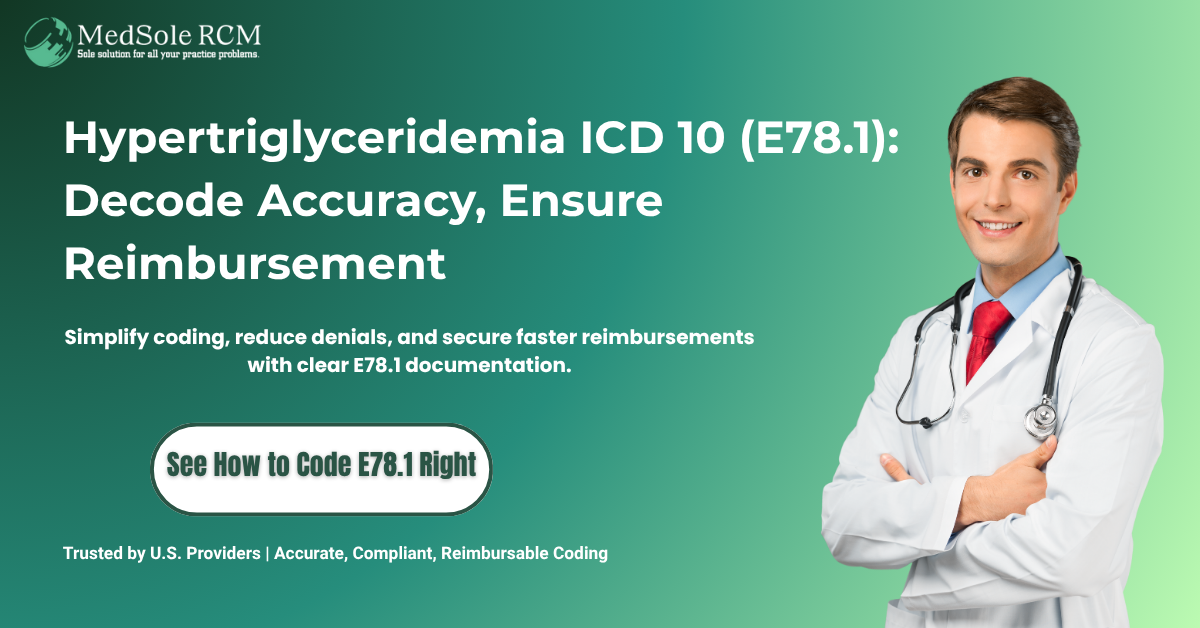
Posted Date: Nov 03, 2025
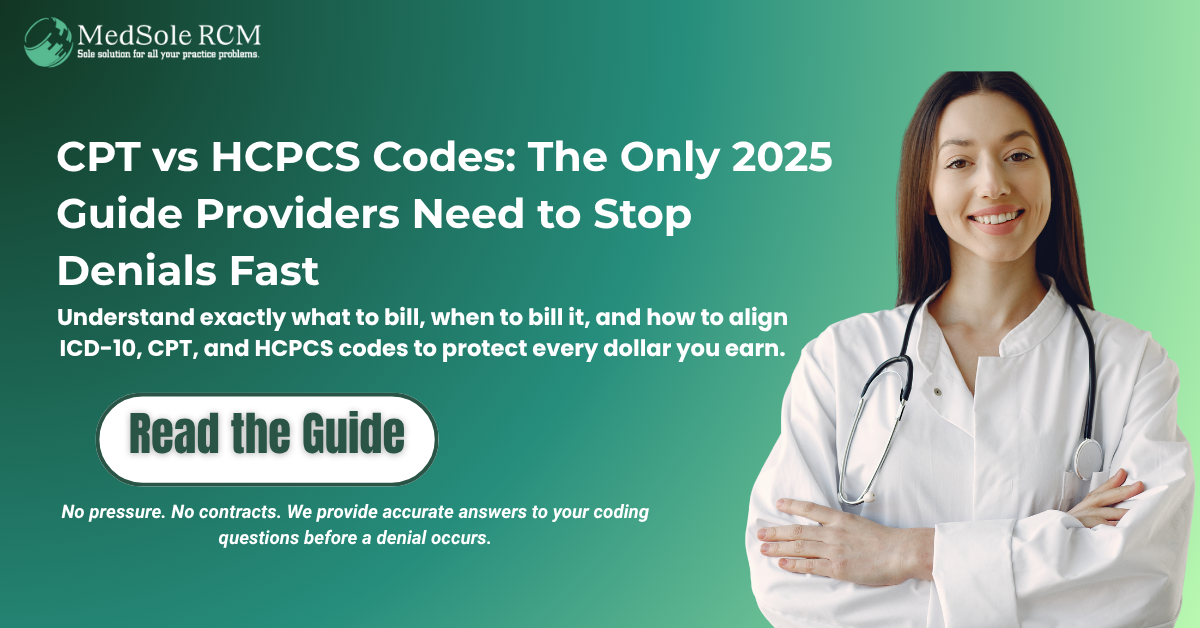
Posted Date: Nov 05, 2025
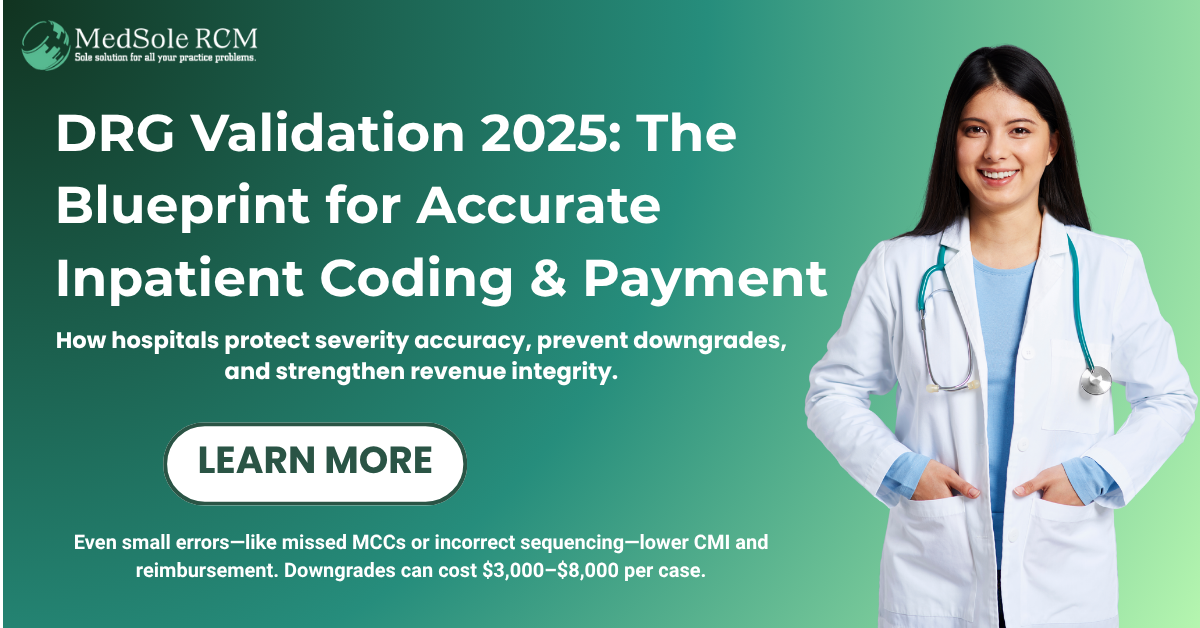
Posted Date: Nov 11, 2025
.png)
Posted Date: Nov 14, 2025